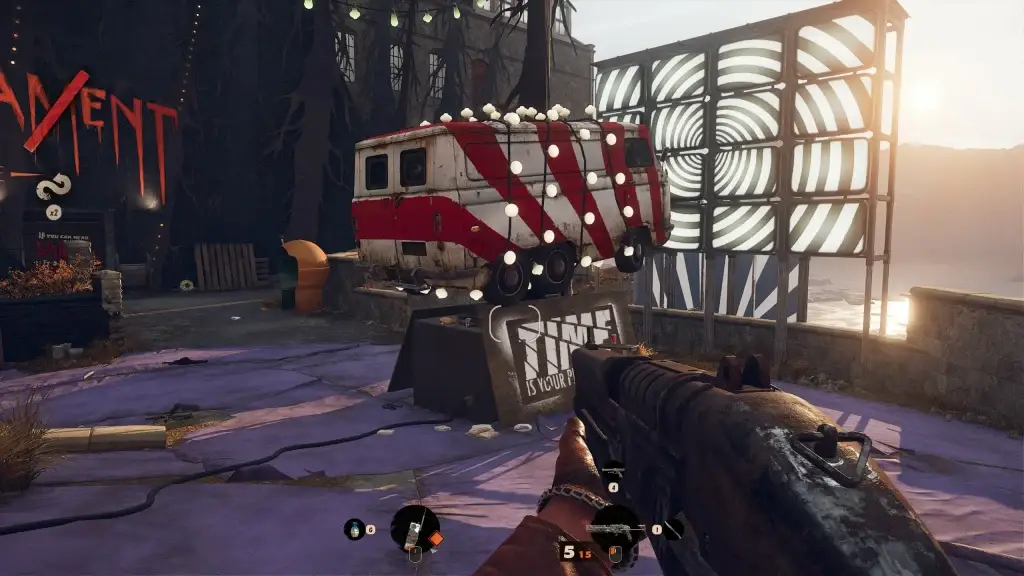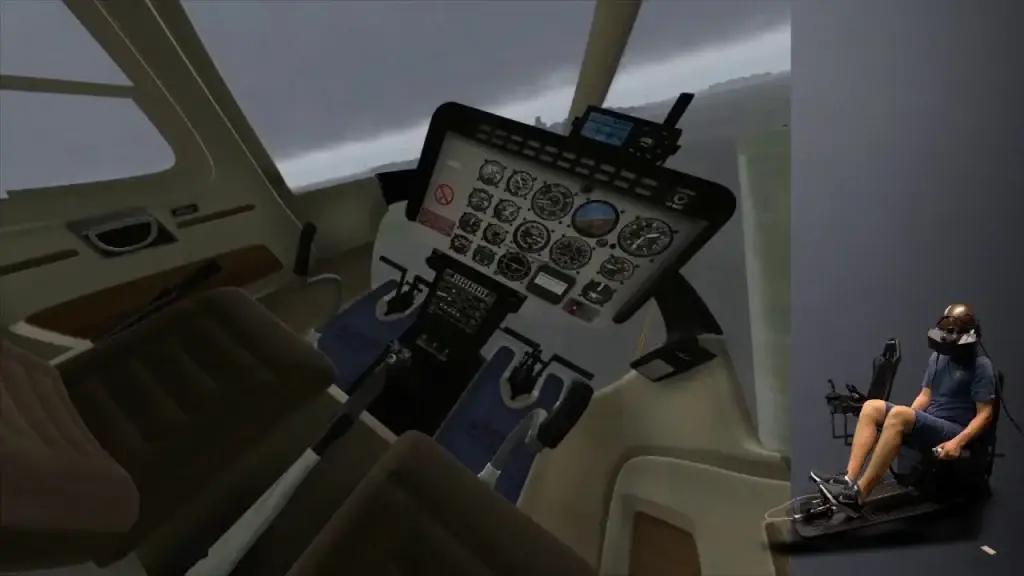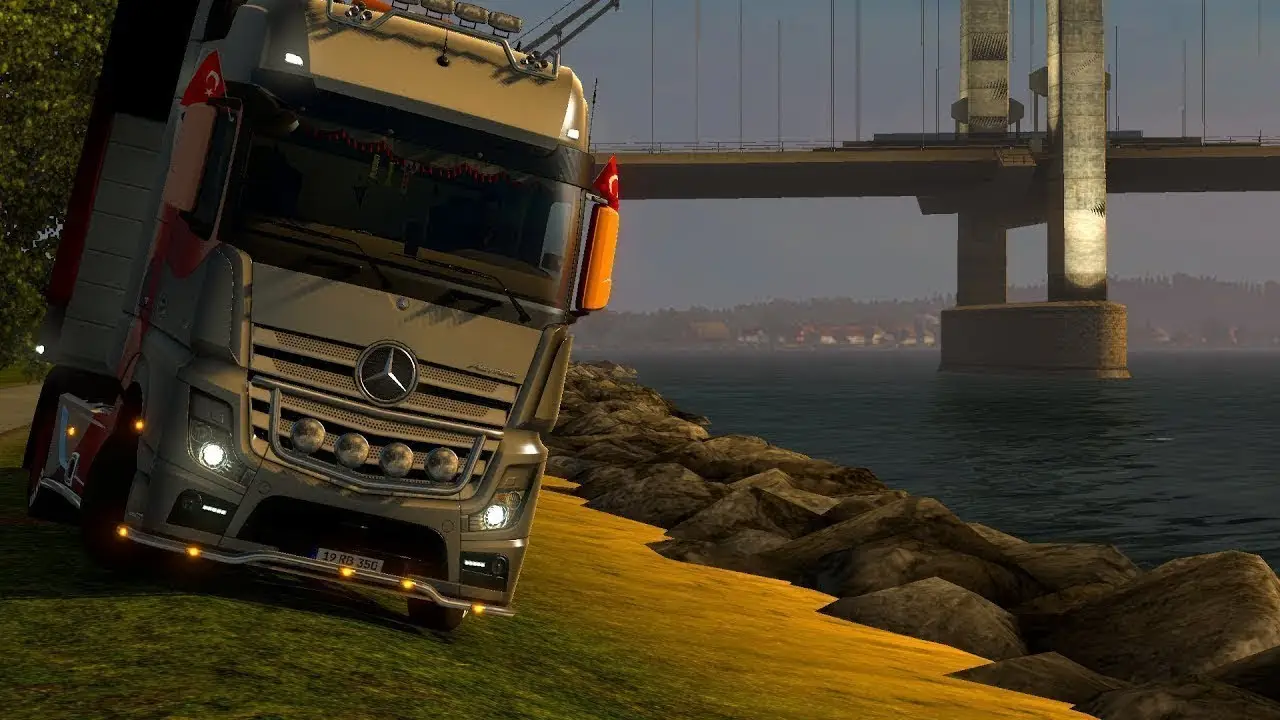Immersive simulator is a genre that focuses on the player’s complete immersion in an interactive world. It is not just realism that is important here, but the depth of interaction with the environment and freedom of choice. Such games allow you to experiment with approaches, create unique paths and feel like part of virtual reality. The genre, born in the 1990s, has firmly established itself thanks to its bright representatives, who have become cult projects for millions.
The main features of the genre: freedom of action and choice of game style
Immersive simulators are projects that offer users almost unlimited freedom in achieving their goals. Some prefer to move through levels in the shadows, avoiding clashes with enemies, while others choose open conflicts, using a powerful arsenal of weapons. Each method of passing is unique, which makes each game in the genre special.

Developers integrate numerous mechanics to diversify the gameplay. For example, open spaces allow you to explore every detail of the environment, creating a unique experience. An immersive simulator is a genre in which hidden mechanisms and traps become an important element of the gameplay, adding intrigue and complexity. Often, participants can combine playstyles, choose between stealth and open combat, which significantly increases the variability of the gameplay.
The game world becomes interactive at the level of the smallest details: doors can be hacked, locks blown up, and enemies can be neutralized in non-standard ways, including using the environment. All this creates the illusion of true freedom of choice and interaction with the environment.
Realistic and interactive world
Interactivity is a key feature of the immersive simulator trend. The environment reacts to the user’s actions. For example, you can turn off cameras, find hidden passages, or change the behavior of NPCs. Features:
- Detailed locations: every corner is carefully designed, including textures, lighting, and small details, creating a sense of the real world.
- Unpredictable situations: events develop depending on the choices, which adds uniqueness to the game.
- The impact of decisions on the development of the plot: each action has consequences that can lead to unexpected endings.
Deus Ex: a legend of the genre
Deus Ex is a classic among immersive simulators, which set the bar for future projects. The product of the Ion Storm studio has become a benchmark due to its deep plot, freedom of choice and incredible development of the world.
How the key features of the direction are implemented
 Deus Ex provides an opportunity to explore the world through the prism of cybernetic technologies and a non-linear plot. The main character, endowed with cybernetic implants, can improve his abilities, which directly affects the style of passage. This opens up many ways to complete missions: hacking electronic systems, stealthily moving through ventilation shafts or using a powerful arsenal of weapons.
Deus Ex provides an opportunity to explore the world through the prism of cybernetic technologies and a non-linear plot. The main character, endowed with cybernetic implants, can improve his abilities, which directly affects the style of passage. This opens up many ways to complete missions: hacking electronic systems, stealthily moving through ventilation shafts or using a powerful arsenal of weapons.
Each mission offers variability in approach. For example, a participant can disable security systems using hacking a cybernetic network, or get through a protected area, avoiding detection. Social interactions play a key role: dialogues with NPCs can provide valuable clues or new ways to solve problems.
The mechanics also include modification of weapons and implants. This creates a feeling of complete character customization. Immersive sim is a genre in which such elements allow for deeper interaction with the environment.
BioShock: Atmosphere and Depth
BioShock by Irrational Games is another outstanding example. The project offers a unique experience thanks to the combination of a tense plot, retrofuturistic atmosphere and interactive interaction.
How the game immerses you in an interactive world
BioShock by Irrational Games completely immerses users in a unique retrofuturistic world, where every detail of the environment breathes the atmosphere of the fictional underwater city of Rapture. The use of plasmids opens up a wide range of possibilities for interacting with the environment: freezing enemies, creating electrical discharges in the water or controlling turrets turns standard gameplay into a strategic task.
The world is filled with moral dilemmas that affect the development of the plot. For example, the choice between saving or using the little sisters directly affects the ending. An immersive simulator is a concept where developers implement a complex system of NPC reactions that change their behavior depending on the player’s actions. This makes each game session unique and makes you think about the consequences of the decisions made.
Dishonored: mastery of stealth
Dishonored is a game where the immersion simulator is realized through the unique abilities of the hero. Each mission offers dozens of ways to complete it, and interactive locations make the process exciting.
A change in approach to the genre
Dishonored from Arkane Studios rethinks the concept of freedom of action. The unique abilities of the main character, such as teleportation or mind control of enemies, add depth to the gameplay. Each mission becomes a test of creativity: you can choose a stealthy passage, using shadows and secluded places, or enter into direct conflict, relying on combat skills and magical abilities.
The developers paid special attention to the details of the world. Locations are filled with hidden passages, interactive objects and opportunities for manipulation. For example, locked doors can be opened by finding keys or using magic, and guards can be easily eliminated by switching their attention to the set traps.
The main highlight of the immersive simulator is variability. Every action has consequences: an aggressive approach increases chaos in the world, changing NPC behavior and mission structure.
Prey: Space Isolation
Prey by Arkane Studios takes the genre to outer space, creating an exciting survival experience on the Talos I station. The player must find a balance between exploring abandoned rooms and fighting mysterious aliens known as Typhon.

The station’s environment becomes not only a background, but also a full-fledged tool for completing tasks: you can use objects as weapons or find hidden passages that help you avoid direct confrontation with enemies. Deep exploration mechanics, including hacking computers and finding hidden resources, make each game session unique. The atmosphere of Prey is enhanced by excellent graphics, an immersive story, and the ability to completely change the style of play depending on your preferences.
Summary: Why the genre is popular
 An immersive simulator is something that gives a unique experience to the player. It allows you to feel like a part of another world, make decisions, and experiment with approaches. Such projects continue to inspire gamers to new discoveries, remaining relevant years later.
An immersive simulator is something that gives a unique experience to the player. It allows you to feel like a part of another world, make decisions, and experiment with approaches. Such projects continue to inspire gamers to new discoveries, remaining relevant years later.
 en
en  ru
ru  de
de  ar
ar  es
es  hi
hi  fr
fr  nl
nl  it
it  pt
pt  el
el 










